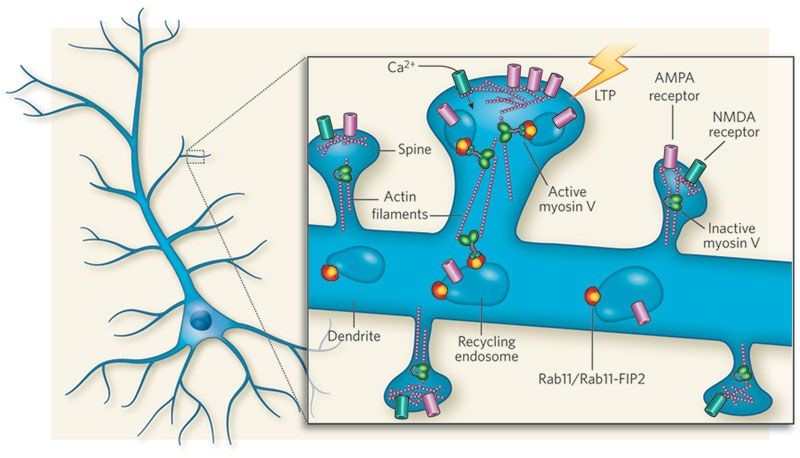- Home
-
Screening
- Ionic Screening Service
-
Ionic Screening Panel
- Ligand Gated Ion Channels
- Glycine Receptors
- 5-HT Receptors3
- Nicotinic Acetylcholine Receptors
- Ionotropic Glutamate-gated Receptors
- GABAa Receptors
- Cystic Fibrosis Transmembrane Conductance Regulators (CFTR)
- ATP gated P2X Channels
- Voltage-Gated Ion Channels
- Calcium Channels
- Chloride Channels
- Potassium Channels
- Sodium Channels
- ASICs
- TRP Channels
- Other Ion Channels
- Stable Cell Lines
- Cardiology
- Neurology
- Ophthalmology
-
Platform
-
Experiment Systems
- Xenopus Oocyte Screening Model
- Acute Isolated Cardiomyocytes
- Acute Dissociated Neurons
- Primary Cultured Neurons
- Cultured Neuronal Cell Lines
- iPSC-derived Cardiomyocytes/Neurons
- Acute/Cultured Organotypic Brain Slices
- Oxygen Glucose Deprivation Model
- 3D Cell Culture
- iPSC-derived Neurons
- Isolation and culture of neural stem/progenitor cells
- Animal Models
- Techinques
- Resource
- Equipment
-
Experiment Systems
- Order
- Careers
NMDA/AMPA Ratio Test
α-amino-3-hydroxy-5-methyl-4-isoxazole propionic acid (AMPA) receptors and N-methyl-D-aspartate (NMDA) receptors are receptors in most excitatory central synapses between neurons. The change of peak ratio of AMPA-mediated excitatory postsynaptic currents (EPSCs) to NMDA-mediated EPSCs reflects a glutamatergic synapse plastic alteration.

Fig. 1 Molecular basis of long-term potentiation (LTP)
This ratio is set and controlled by factors not well understood but it can be escalated by stress and exposure to addictive drugs. Essentially this ratio determines the computational language expressed in neural circuitry that affects memory storage and some reward center functions like addiction and stress. The ratio of these two receptors have a dominant influence of not only the current but the flow of calcium and potassium. All the ways that this ratio manners the flow of current into the cell which influence the output of current from the cell's sodium pump. Abnormal ratios of these receptors are also implicated in schizophrenia.
To evaluate the basic neuronal acitivity and neurotransmission functions, Creative Bioarray offers the measurement of NMDA/AMPA ratio analysis tests on brain slices.

Fig. 2 NMDA/AMPA ratio was altered in hippocampal neurons of mice administered SL327 at P6.
References
Yufune S, et al. Transient blockade of ERK phosphorylation in the critical period causes autistic phenotypes as an adult in mice. Sci Rep. 2015, 5: 10252.
Goda Y. Neuroscience: Along memory lane. Nature. 2008, 456: 590.
Related Section
Inquiry

